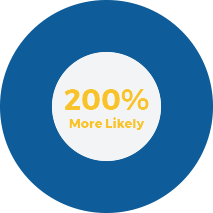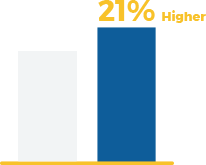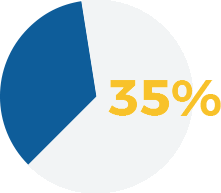Child abuse and neglect, and the trauma they can cause, are complex problems with far-reaching consequences to individuals, communities, and society as a whole. Change happens when we recognize that child abuse and neglect are not someone else’s problems.
307,000+
Reports per Year
That’s one report every 2 minutes.
51,800+
Substantiated Cases of Abuse Per Year
That’s 142 cases per day.
$20.9 Billion
Lifetime Costs for a Year of Abuse
1.57 million children could be sent to preschool for the same cost.
Abused children are 77% more likely to require special education as well as have higher rates of school absenteeism and poorer academic performance.
Abused children are 59% more likely to be arrested as juveniles, and 28% more likely to have an adult criminal record, making it more difficult to find employment.

Adolescent victims of child abuse are 200% more likely to be unemployed as adults and are more likely to receive public assistance.

Victims of abuse have 21% higher long-term healthcare costs, a higher incidence of chronic health problems, mental health issues, and substance abuse throughout adulthood.

An estimated 25-35% of all individuals abused as children will grow up and abuse their own children. This cycle of violence can be disrupted through the development of parenting skills, caring relationships, and parental resilience.
Underperforming schools
Homelessness
High rates of incarceration
Drug and alcohol abuse
Lack of workforce vitality
Unemployment
Strained government and community resources
*Sources available upon request.